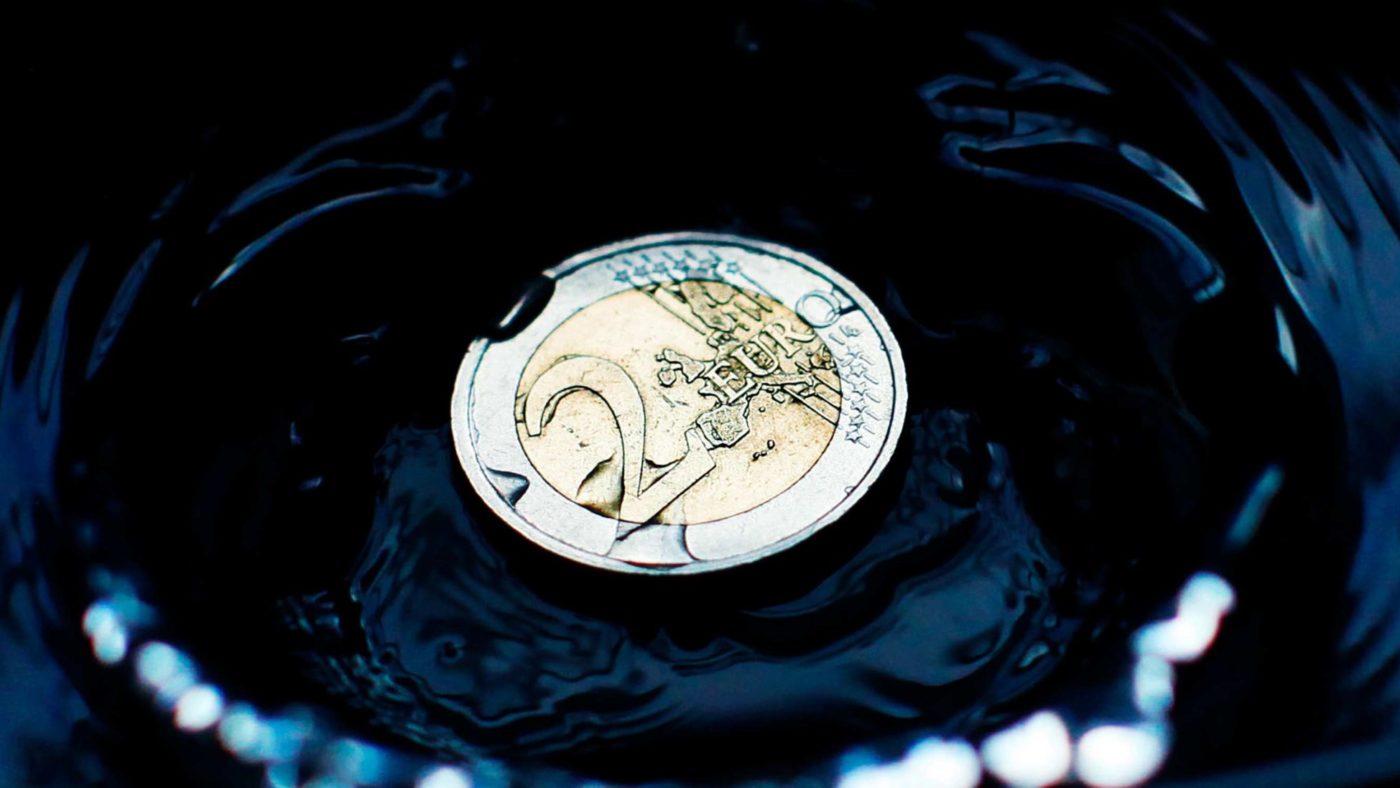Ireland’s economy is, according to the EU and euro bailout officials monitoring such issues, at risk of overheating. This is something of a problem as being a member of the single currency means Ireland doesn’t have the usual economic tools to put things right.
There are two tools to deal with overheating: fiscal and monetary. Fiscal, essentially taxes and spending, is the more obviously political of the two — just look at the furore over austerity here in the UK. The chief weakness of fiscal policy, therefore, is it is slow, often short-sighted and, on a more technical level, takes its time to work through the economy.
Monetary policy though, works more quickly and we can also, as we all do these days, pass it off to the technocrats in the central bank. Raising interest rates is contractionary, lowering them is expansionary. It’s also generally assumed that monetary policy provides a more delicate control, a finer level of granularity. From the basic economics of these matters. monetary policy is far preferable as a tool of economic management than fiscal policy.
Unfortunately, independent monetary policy is exactly the thing which membership of the eurozone forbids. A single currency by definition means a single interest rate environment. That single base rate might be too high for one area of the zone, or too low for another. As is fairly obvious, even similar economies can get out of kilter with each other and be in different stages as far as stimulus or contractionary pressure are concerned.
The study of this is known as trying to define an optimal currency area. Clearly, a town of 10,000 people with 10,000 currencies would not be efficient. As that population rises, the single currency expands over more geographic areas, each with disparate economic circumstances, and the drawbacks of having a single interest rate regime crowd out the benefits of all using the same currency.
What makes for an optimal currency area is a matter for the textbooks. Suffice to say that it is generally agreed among those who have read all those tomes that the eurozone is far too large to be optimal.
Just look Europe now: Ireland is booming so much that it needs higher interest rates. Germany has just reported a fall in GDP for the last quarter, and while that might just be a blip, it’s certainly no reason to raise rates. In Italy , where there has been minimal GDP-per-capita growth for some decades now, higher rates are contraindicated. The different circumstances of those three economies encapsulates just why the eurozone is too big to be an optimal currency area.
This isn’t just dull theorising. The very issues that led up to Ireland’s need for an EU bailout and monitoring in the first place are proof the single currency’s flaws. Indeed, the case study of why the current euro is a bad idea is not calamity-hit Greece, it’s Germany, Ireland and Spain.
When the euro came in at the turn of the millennium the German economy was in very poor shape indeed. It needed microeconomic changes which it eventually got in the Hartz IV reforms. Until it got those it needed low interest rates in order not to fall over entirely. Ireland and Spain both needed higher rates to curtail their housing booms. So, how were rates going to be set?
We can be conspiratorial and mutter about German power in the EU, or we can be sensible and observe that interest rates are going to be set for the average, possibly even the modal, part of the economy. Just as we do in the UK, rates are set much more for the service industries of the South than they are for the manufacturing of the North. Given Germany’s much larger size relative to other European economies, it made sense that rates would be hugely influenced by its requirements.
The problem, of course, is that such an average rate will be the wrong rate for everyone. The low eurozone interest rates simply poured fuel on the fire of those property booms before they came to a crashing end, as all booms do.
Again, the argument against the euro isn’t Greece, it’s what happened to Ireland and Spain before that. Average interest rates were simply too low for those economies. That brings us back to today, when we are being told once more that interest rates are too low for the booming Irish economy.
My own prejudices on anything to do with the European project are well known – raze the buildings to the ground and plough the land with salt. But this problem with the euro is not restricted to ardent Brexiteers, it is a general agreement among economists.
The eurozone might well have worked if it had been limited to Benelux and Germany. Anything much larger, even the addition of France, was going to make it so large as to be suboptimal and the larger it got after that, the worse it would be. Ireland is showing us this same problem today.
Now, I would argue that we just don’t want to belong to any organisation that can produce something as stupid as the eurozone — others will differ upon that point. But it is still true that the eurozone doesn’t work and all the experts insisted it wouldn’t before it started. The fact we got it anyway suggests something very wrong with the European Union itself.


